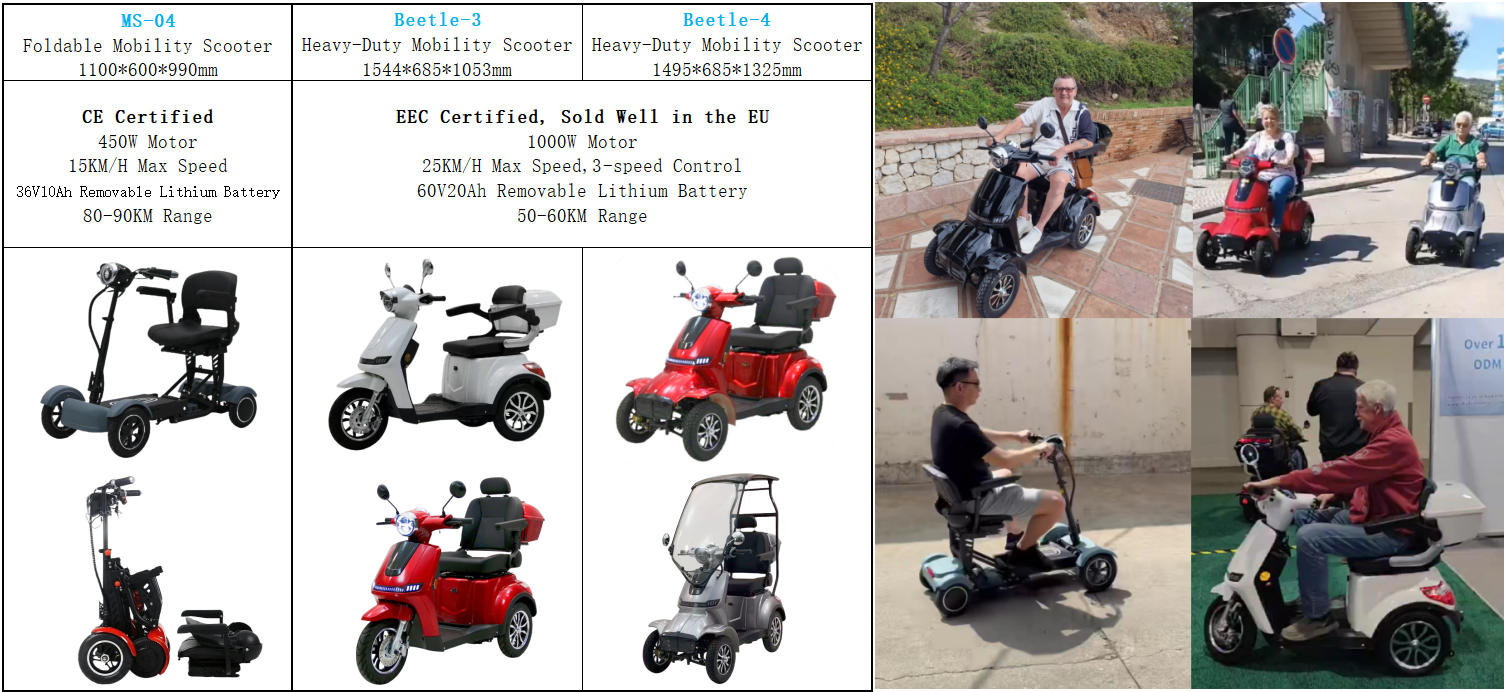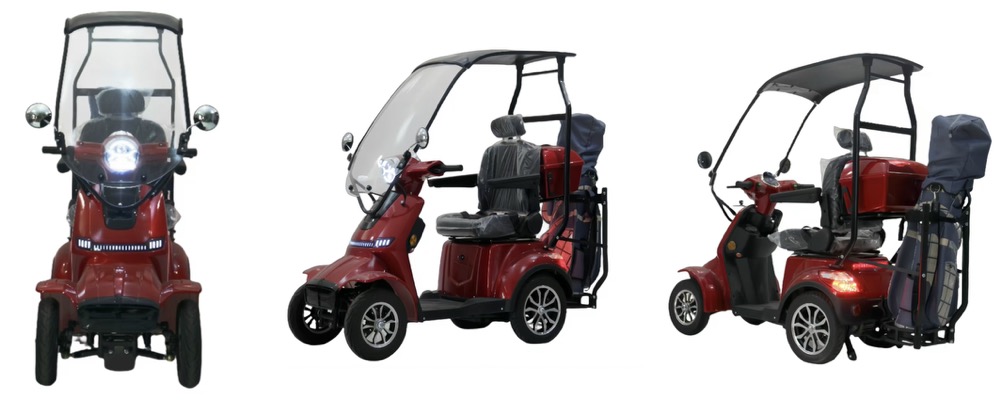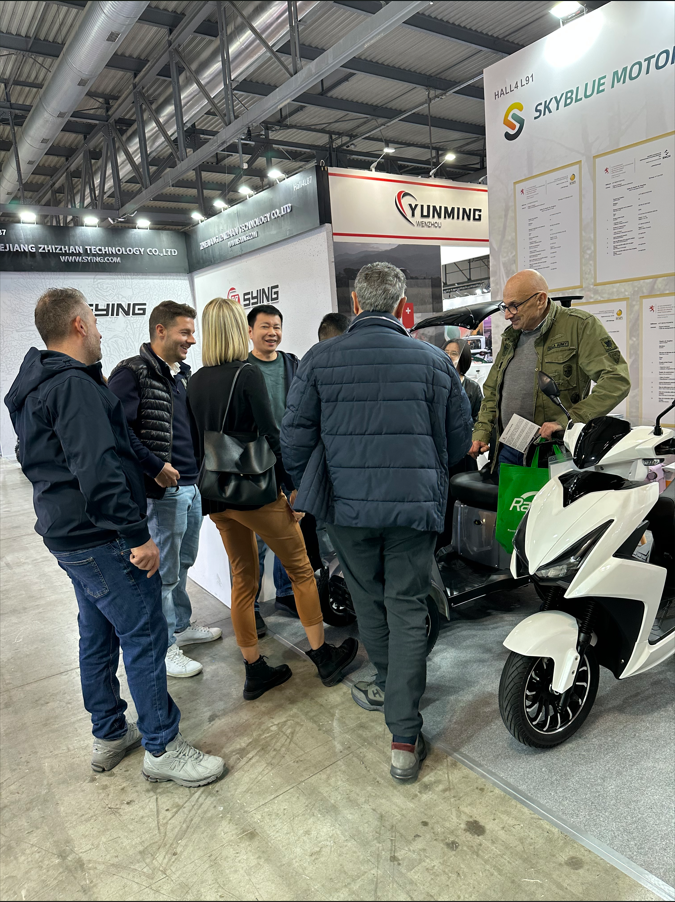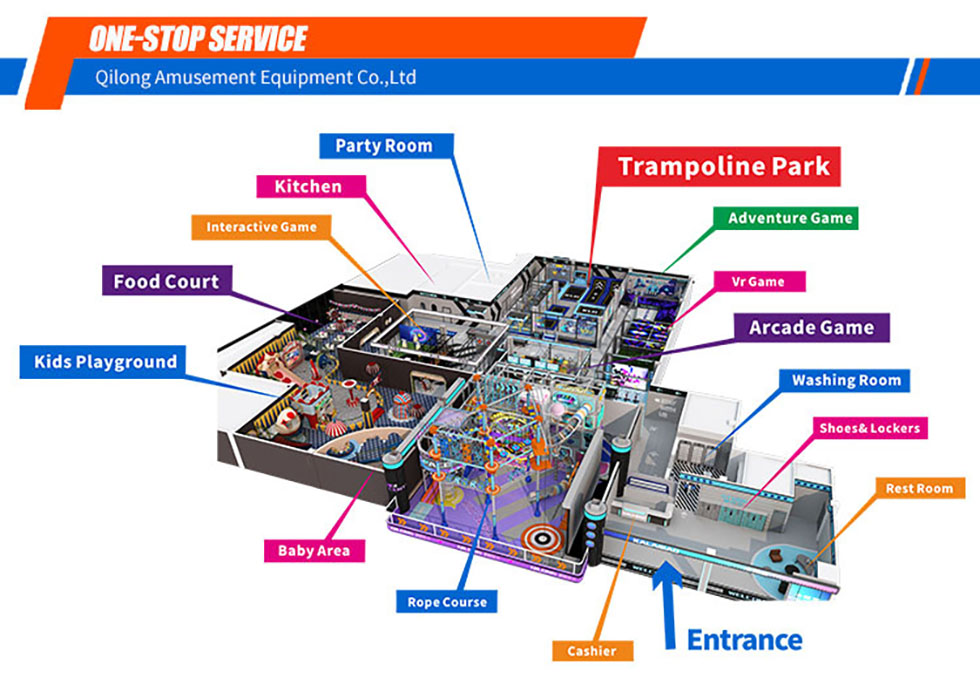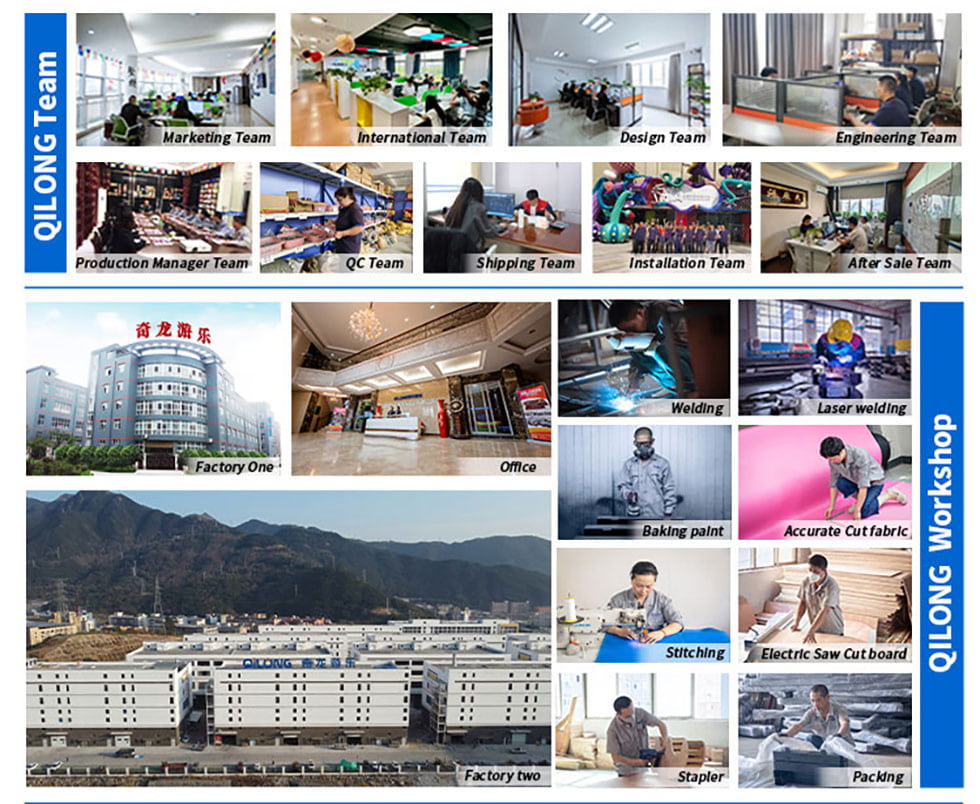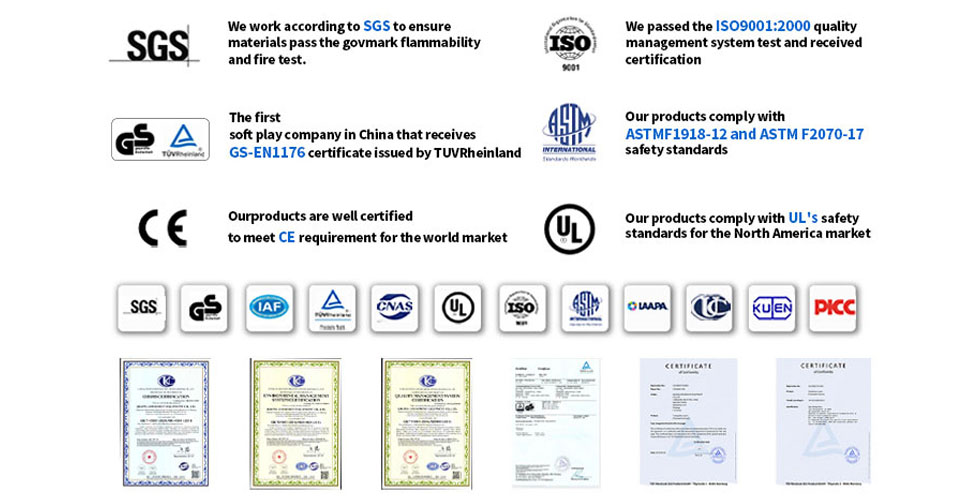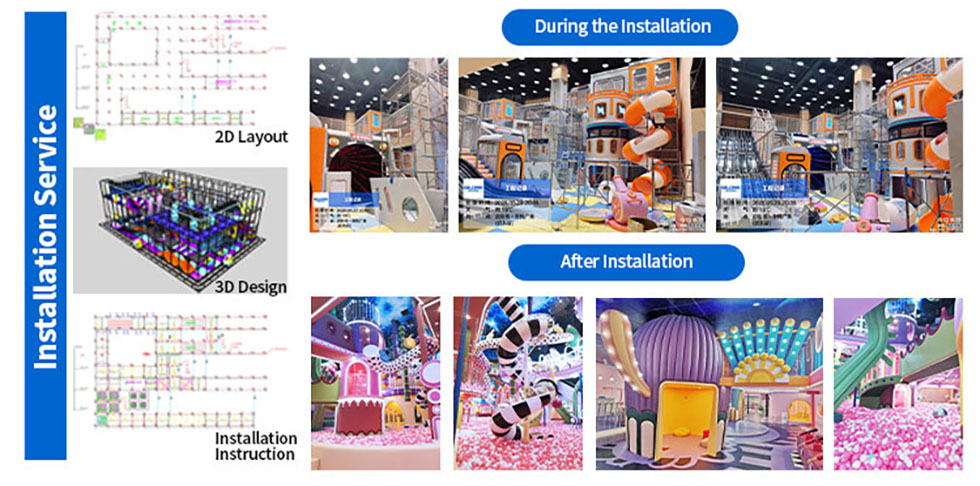In today's increasingly digital world, the importance of dedicated play spaces has never been greater. Modern indoor playgrounds are more than just entertainment venues - they are carefully engineered environments that provide crucial benefits for children's overall development. Let's explore how these vibrant spaces support both physical and mental wellbeing.
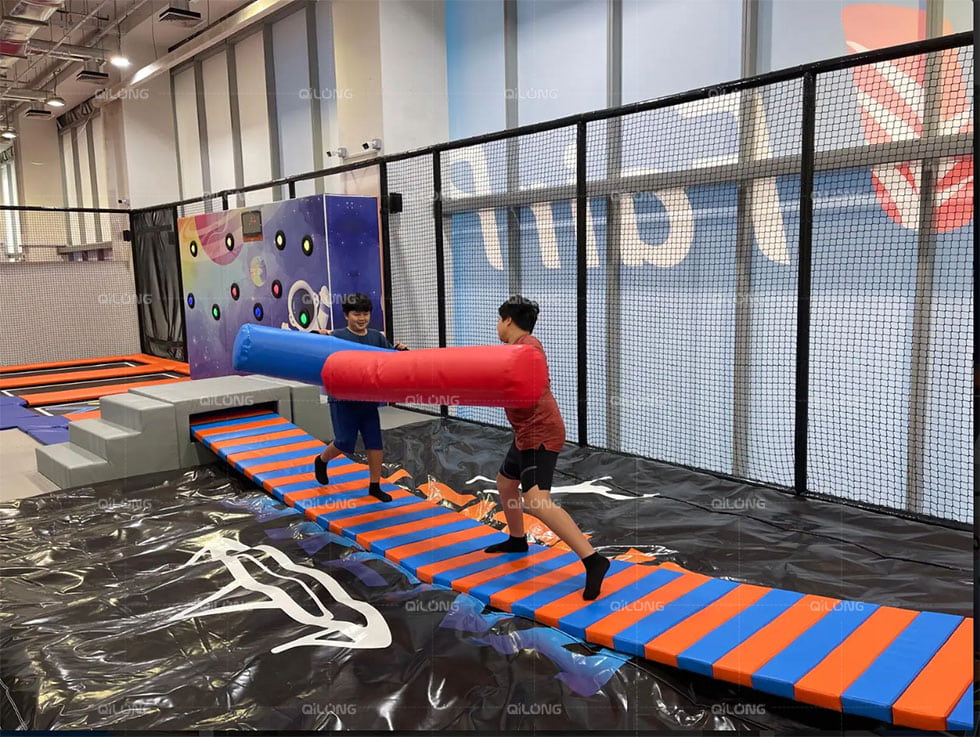
Physical Health Benefits
1. Develops Gross Motor Skills
Indoor playgrounds are designed to promote fundamental movement skills. As children navigate through climbing structures, balance beams, and obstacle courses, they're strengthening their core muscles and improving coordination. These activities help develop:
Balance and spatial awareness
Coordination and body control
Overall strength and endurance
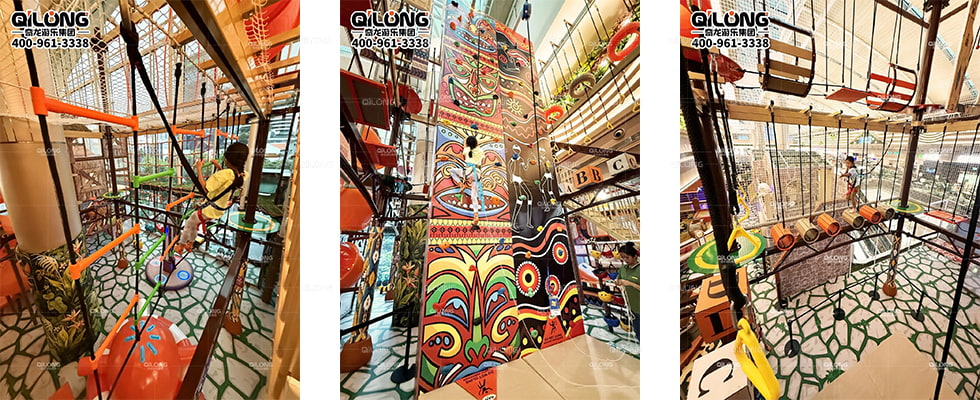
2. Enhances Cardiovascular Health
The exciting nature of play equipment naturally encourages active movement. When children engage in sustained play on trampolines, in ball pits, or while navigating multi-level play structures, they're getting valuable aerobic exercise that:
Strengthens heart and lungs
Improves circulation
Builds stamina
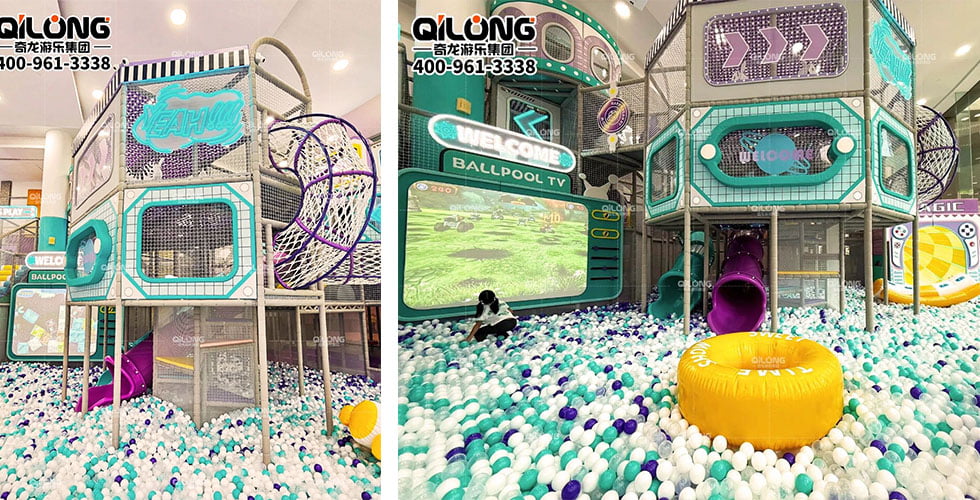
3. Refines Fine Motor Skills
Many modern playgrounds incorporate activities that require precise hand movements. Interactive panels, building blocks, and sensory walls help children develop:
Hand-eye coordination
Finger dexterity
Manipulation skills
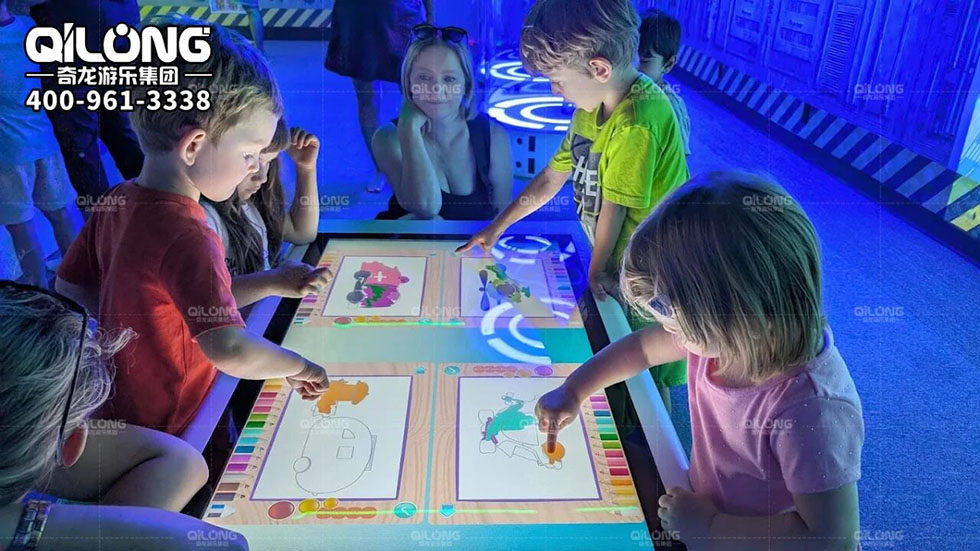
Mental and Emotional Health Benefits
1. Boosts Confidence and Self-Esteem
The progressive challenge design of modern play equipment allows children to experience success at their own pace. Each conquered climbing wall or mastered slide provides:
Sense of accomplishment
Willingness to try new challenges
Growing self-confidence
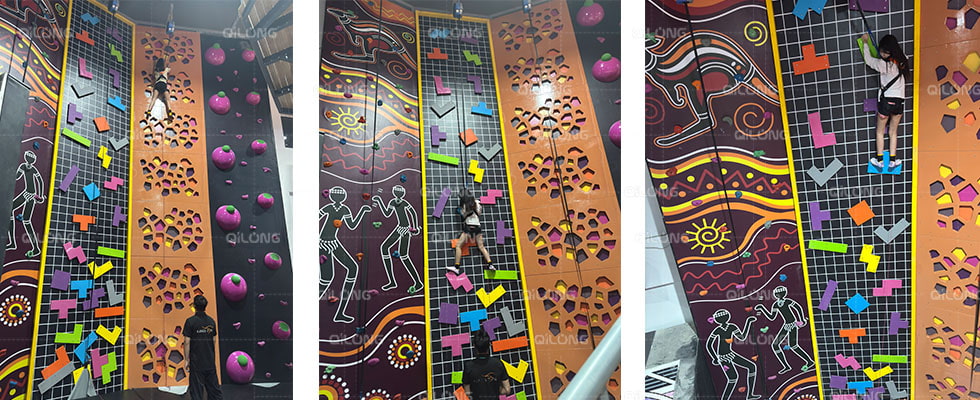
2. Reduces Stress and Anxiety
Physical play serves as a natural outlet for releasing pent-up energy and emotions. The joyful environment of an indoor playground helps:
Lower cortisol levels
Release endorphins
Provide emotional release
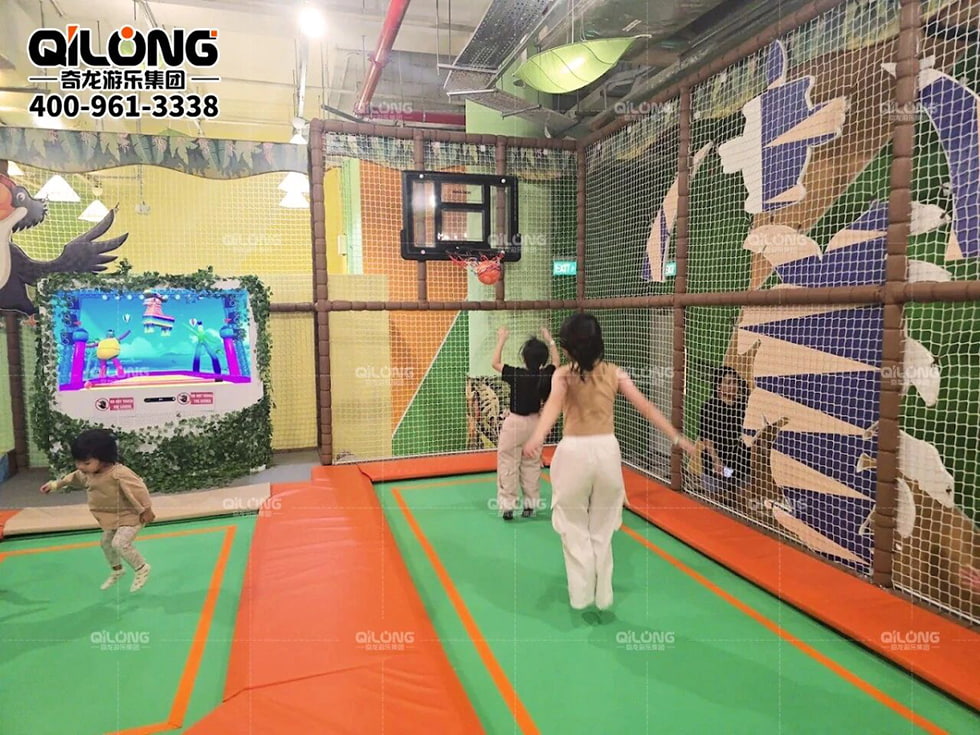
3. Develops Social Skills
Interactive play spaces create natural opportunities for social development. Through shared play areas and group activities, children learn:
Communication skills
Sharing and cooperation
Conflict resolution
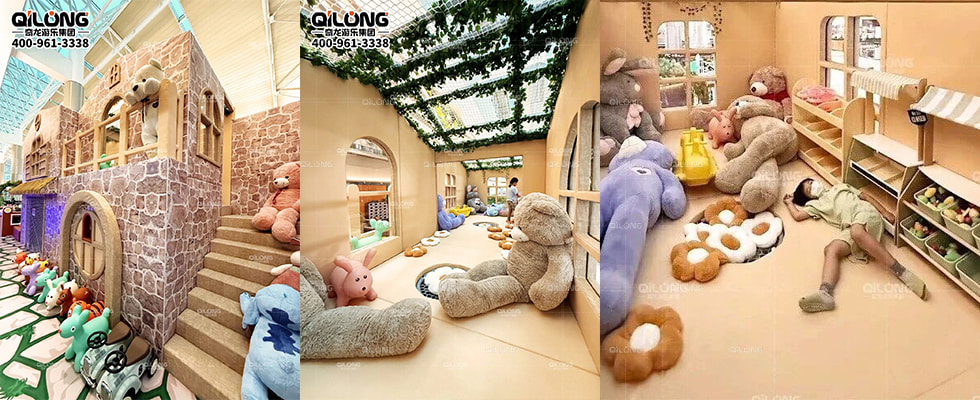
Cognitive Development Benefits
1. Enhances Problem-Solving Skills
Modern playgrounds present various challenges that require thinking and strategy. Whether figuring out how to navigate an obstacle course or solving interactive games, children develop:
Critical thinking
Spatial reasoning
Creative solution-finding
2. Stimulates Sensory Processing
The diverse textures, sounds, and visual elements in today's playgrounds provide valuable sensory input. Sensory walls, textured pathways, and visual elements help:
Integrate sensory information
Improve focus and attention
Support neurological development
The Safety Advantage
Unlike unstructured outdoor play, indoor playgrounds offer:
Controlled environments with appropriate safety surfaces
Age-appropriate equipment designed for specific developmental stages
Supervised spaces that allow for safe risk-taking
Conclusion: More Than Just Play
The benefits of indoor play extend far beyond simple entertainment. These specially designed environments provide comprehensive support for children's physical health, emotional wellbeing, and cognitive development. By offering safe, engaging spaces for active play, indoor playgrounds play a vital role in helping children develop the skills they need to thrive.
Ready to create a space that supports children's health and development? [Explore our custom design solutions] to build an indoor playground that benefits your community while promoting healthy child development.
Discover how our safety-certified equipment and developmentally-appropriate designs can create the perfect play environment for your needs.
